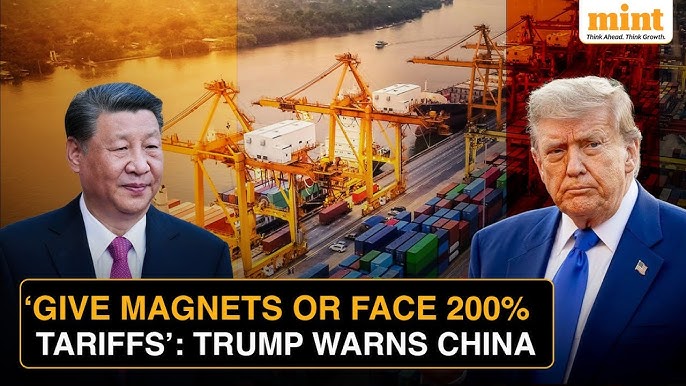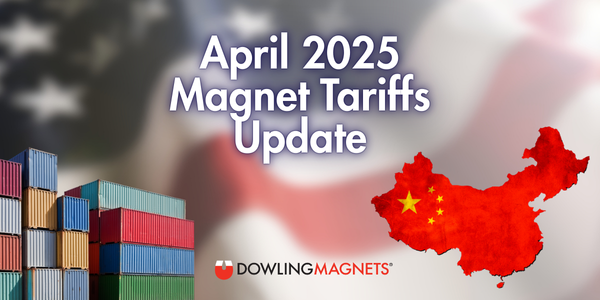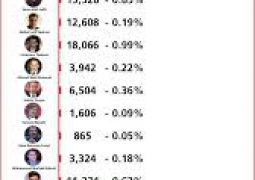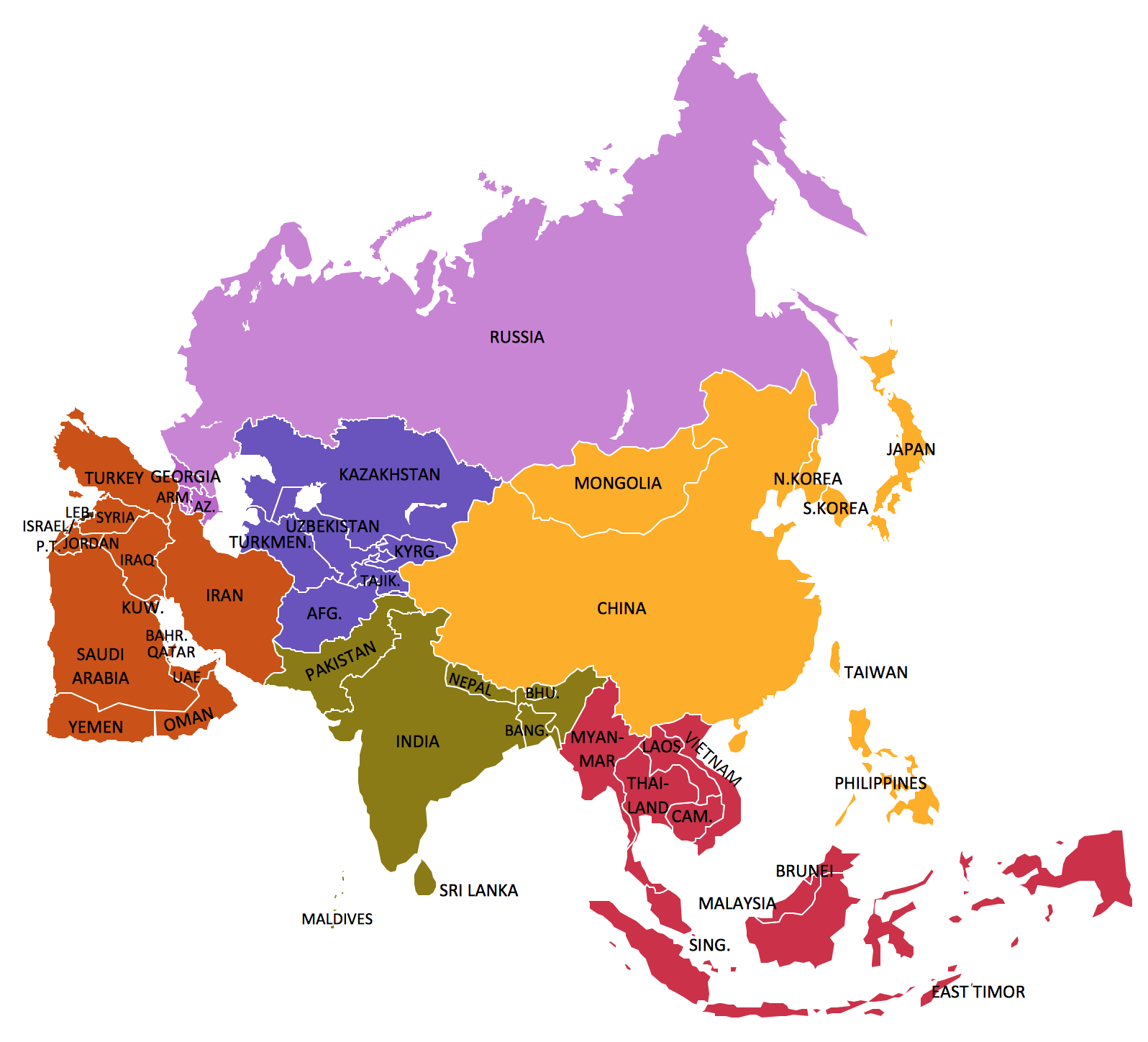US-China Trade Stand-off Goes On: Who Will Get an Upper Hand in a Magnet-Tarrifs War!?

By Robin Mak
Which will last longer: China’s stranglehold on critical minerals including rare earths, or the U.S.-led grip on advanced chips? The answer will help shape relations between Beijing and Washington for years to come.
The world’s two largest economies are currently stuck in an uneasy standoff. Earlier this month, they agreed to extend a tariff truce for another three months, staving off triple-digit duties on each other’s imports. For now, hostility is restrained by Western dependence on China’s rare earth supply chain and by Beijing’s need for advanced semiconductors dominated by the U.S. and its allies.
Washington and Beijing have both deployed export and licensing rules to limit the other’s access on grounds of national security. Given that semiconductors and critical minerals are both vital to electronics, cars, artificial intelligence and military systems, they have become key sources of leverage in the broader economic rivalry.

Earlier this year, when Trump imposed his latest round of trade tariffs, both sides upped the ante with more tit-for-tat curbs. Those proved short-lived, though, when Washington in May reversed a month-long export ban on Nvidia’s (NVDA.O), opens new tab H20 chip in exchange for continued supplies of Chinese rare earths. July shipments to the United States soared 660% compared to the previous month; Nvidia now expects up to $5 billion of H20 revenue over the next three months, pending government approvals.
That suggests the prospect of mutually assured economic pain is a deterrent against escalation. Both sides made marginal concessions. U.S. Commerce Secretary Howard Lutnick defended the U.S. U-turn by saying the H20 was only Nvidia’s “fourth best” chip. And Beijing didn’t have to lift or change any of its licensing and export rules. The truce might be enough to keep the flow of chips and rare earths flowing in the short term. Yet both sides can easily tighten the chokehold.
That is why Washington is stepping up efforts to develop its own rare-earths supply chain. The group of 17 elements are abundant in the Earth’s crust; what makes them rare is the costly, complex and dirty process of extracting, separating and refining them. The market is small: the total volume bought worldwide in 2024 was just $3.5 billion, analysts at Project Blue reckon – a fraction of the $600 billion-plus spent on semiconductors worldwide.
Last month, Las Vegas-based MP Materials (MP.N), opens new tab, which operates the only U.S. rare earths mine, said, opens new tabthe U.S. Department of Defense will buy $400 million in convertible shares, becoming the company’s largest shareholder. The tie-up also includes the government agency guaranteeing a price floor for two types of rare earths. Similar deals could follow: the Trump administration is considering reallocating at least $2 billion from the CHIPS Act, which earmarked subsidies for domestic semiconductor manufacturing, to fund critical minerals projects, Reuters reported last week, citing sources. The bet is that the U.S. can cut its reliance on Chinese minerals before the country’s tech giants, led by Huawei and Cambricon Technologies (688256.SS), opens new tab, achieve a made-in-China chip breakthrough.
On first glance, the U.S. has decent odds of winning the race. Huawei’s semiconductor progress seems to have stalled, as it faces a multitude of technological bottlenecks in design, equipment, precision tools, and software that are irreplaceable and largely controlled by suppliers in the U.S., Japan, the Netherlands and South Korea. Without access to Dutch tech giant ASML’s (ASML.AS), opens new tab high-end lithography machines, for example, it’s unlikely Chinese chipmakers can competitively manufacture anything more advanced than the 7nm-generation of processors, which Taiwan’s TSMC (2330.TW), opens new tab commercialized back in 2018. Catching up will require simultaneous technological leaps across the entire supply chain.
Even if Huawei overcomes those hurdles, there’s no guarantee that the Shenzhen-based group will be able to keep up with bleeding-edge technology from Nvidia. The $4 trillion U.S. giant’s latest chip promises 2.5 times more performance than the previous generation, leaving even once-dominant rivals like Intel (INTC.O), opens new tab struggling.

By comparison, China’s monopoly in rare earths processing – where it accounts for up 90% of global separation and refining capacity and a similar share in permanent magnet production – looks more assailable. It will take years to build up expertise across the supply chain. But the science is well-established and the know-how already exists overseas, though not at a scale comparable to China’s. Australia, Malaysia, Japan and the European Union, among others, are expanding refining capacity and magnet production. It’s therefore no surprise that the Chinese government is clamping down on its domestic firms in the sector to prevent talent and technology from leaving the country.
Overcoming financial and environmental hurdles will be a longer slog, though. Given China’s heft in global supply, miners and refiners there can keep prices low to dissuade governments and companies from investing in capacity elsewhere. Western governments might have to establish floor prices for more types of critical minerals and set aside more funds. The world’s largest producer outside China, Australia’s Lynas Rare Earths (LYC.AX), opens new tab, on Thursday reported a 90% drop in net profit in the year to June, blaming expansion costs and lower-than-expected production; it also raised A$750 million in new equity.
Even if one side gains an upper hand, however, there are other pressure points. Washington could restrict other high-tech goods like airplane parts, or impose financial sanctions, while China could make it harder for businesses like Apple (AAPL.O), opens new tab and Nvidia to operate in the country. As with chips and rare earths, the mutual dependence in these respective areas will also take decades to unravel. But at the very least, these shared pain points act as a circuit-breaker on trade hostilities.

Context News
- U.S. President Donald Trump on August 25 said the country has more leverage over China on trade, and cited airplane parts as one way to counter Beijing’s restrictions on rare earth exports, Bloomberg reported. “We have much bigger and better cards than they do,” he said. “If I played those cards, that would destroy China. I’m not going to play those cards.”
Robyn Mak joined Reuters Breakingviews in 2013. Previously, she was a Research Associate for the Global Policy Programs at the Asia Society in New York. She has also worked at the Carnegie Endowment for International Peace in Washington DC and interned at several consulting firms, including the Albright Stonebridge Group. She holds a masters degree in international economics and international relations from the Johns Hopkins School of Advanced International Studies and is a magna cum laude graduate of New York University.
- Previous Major squeeze on Indians, Africans and South Americans – US visa fee raises total cost to $442 with$250 “visa integrity fee”
- Next US nudging Europe to impose punitive tariffs on India, after major rift with New Delhi escates










